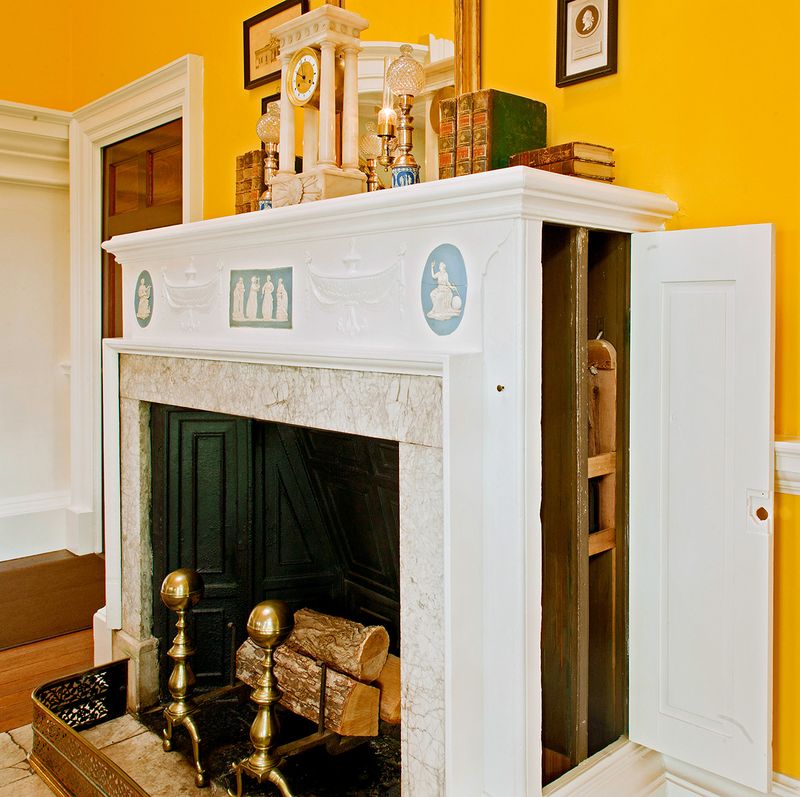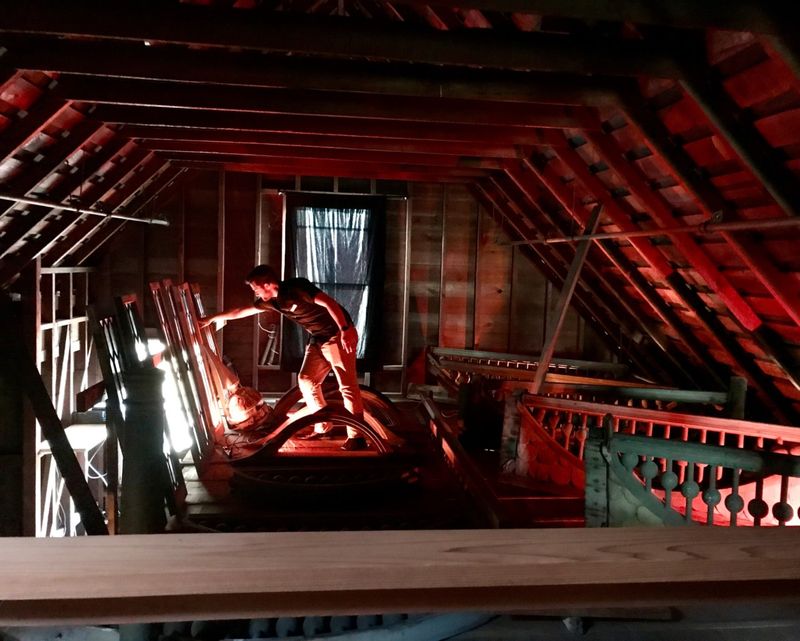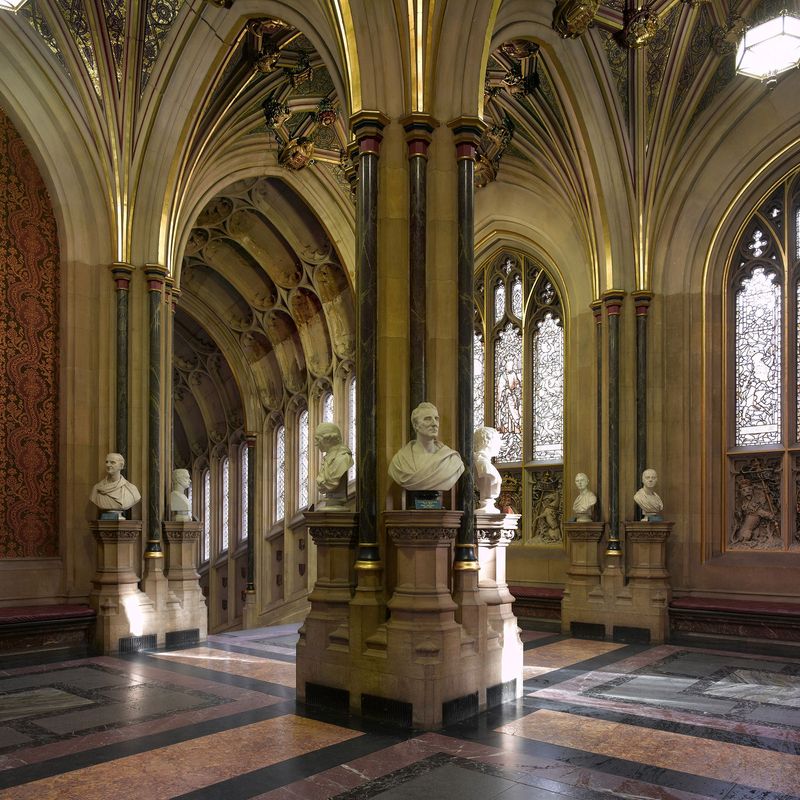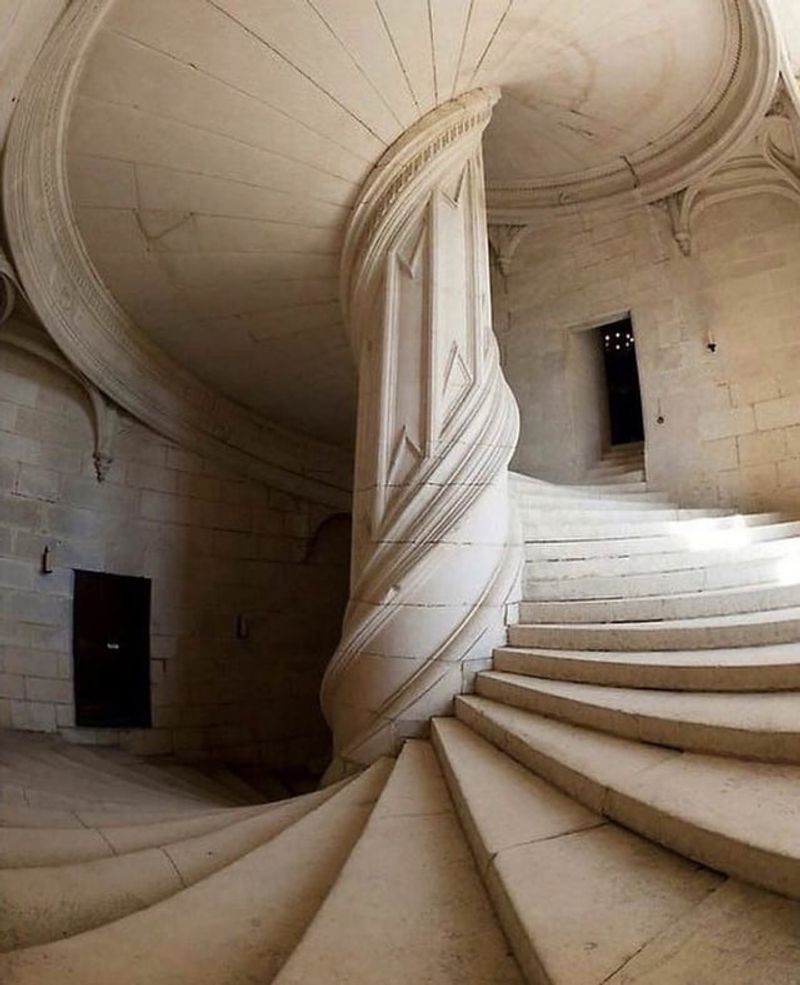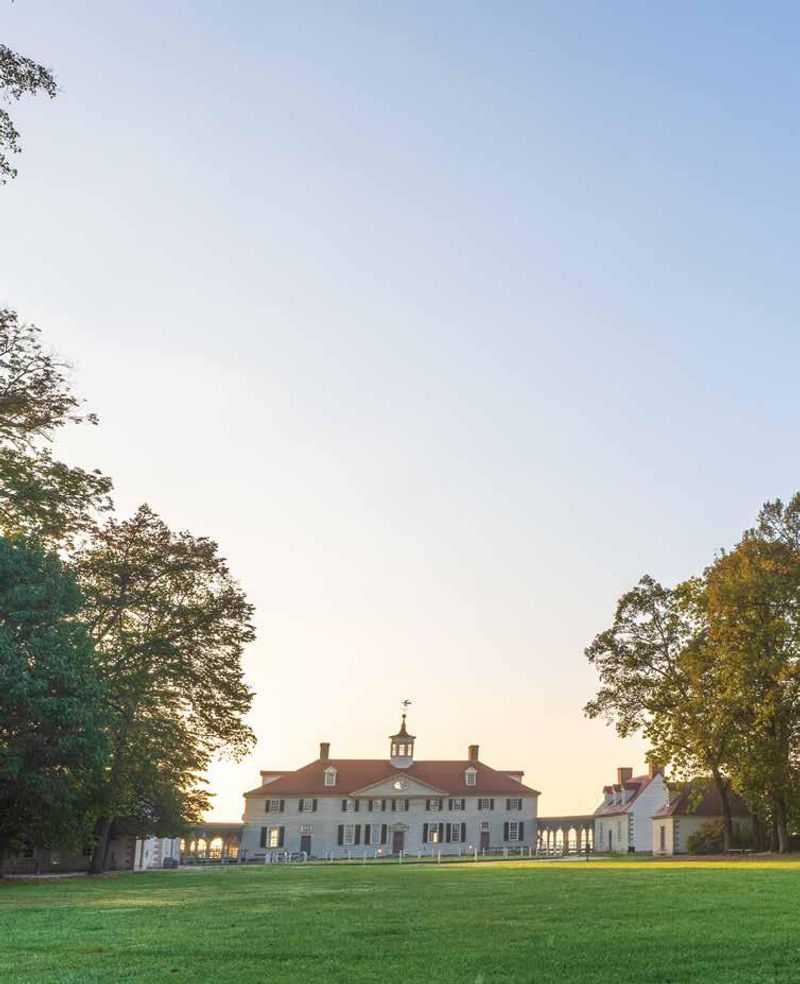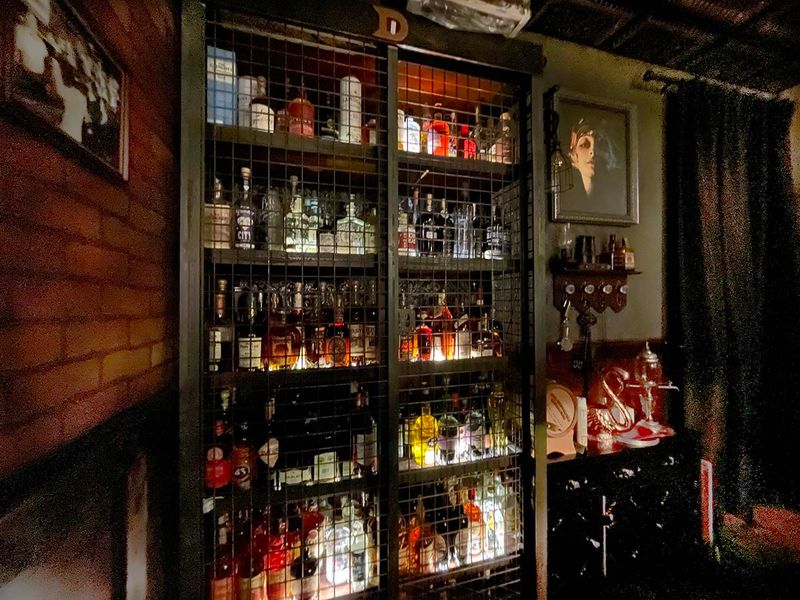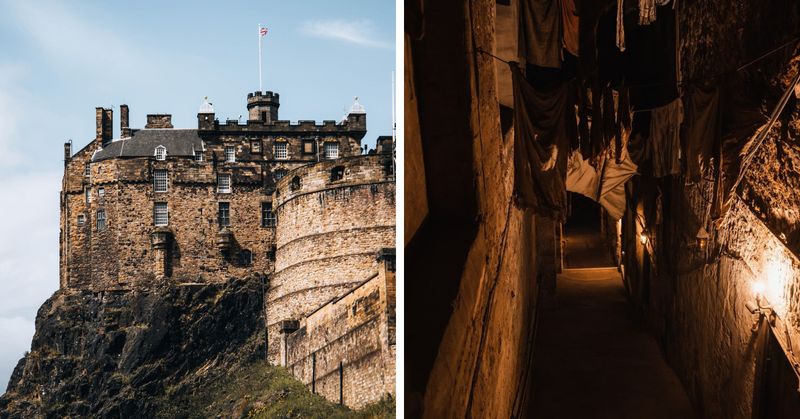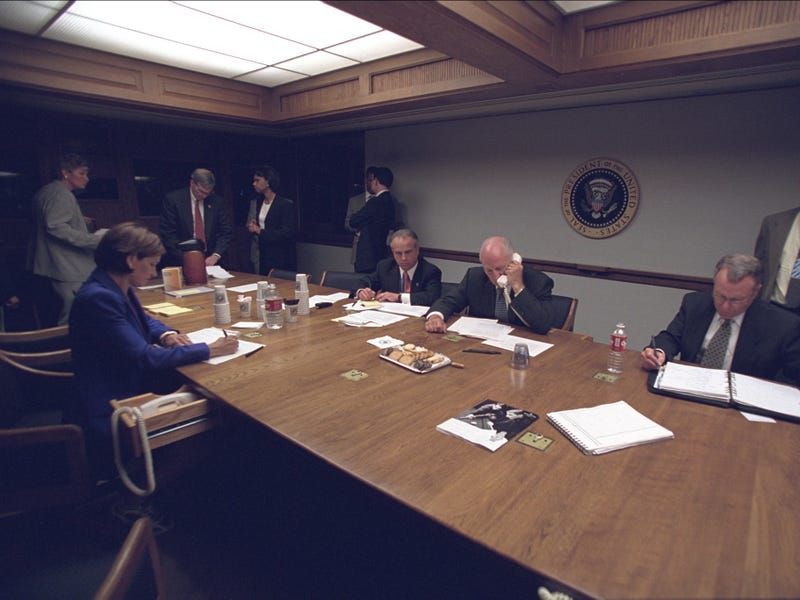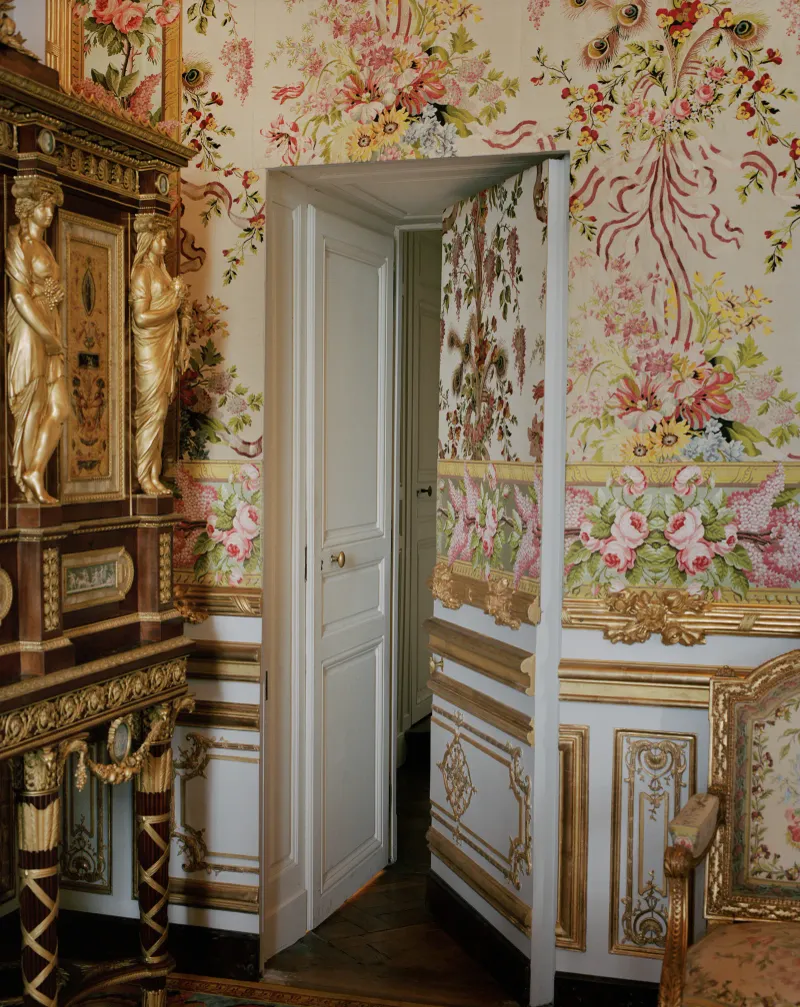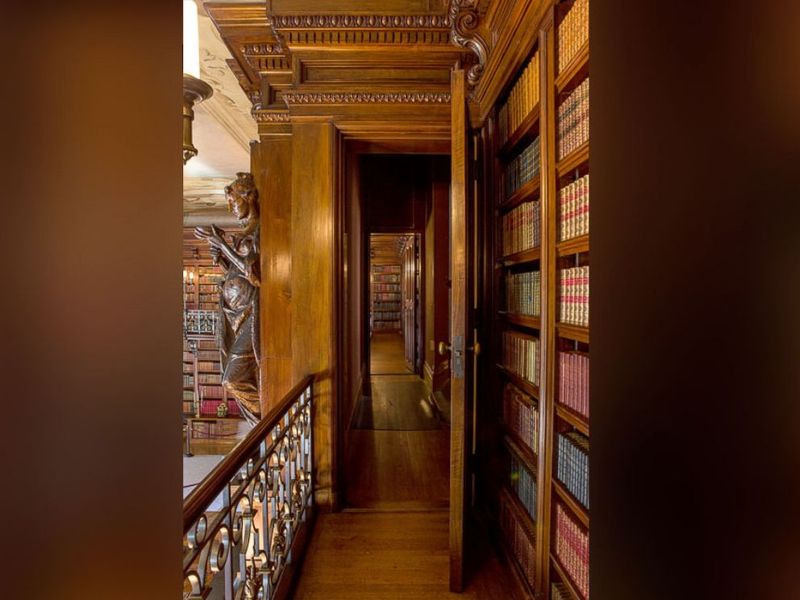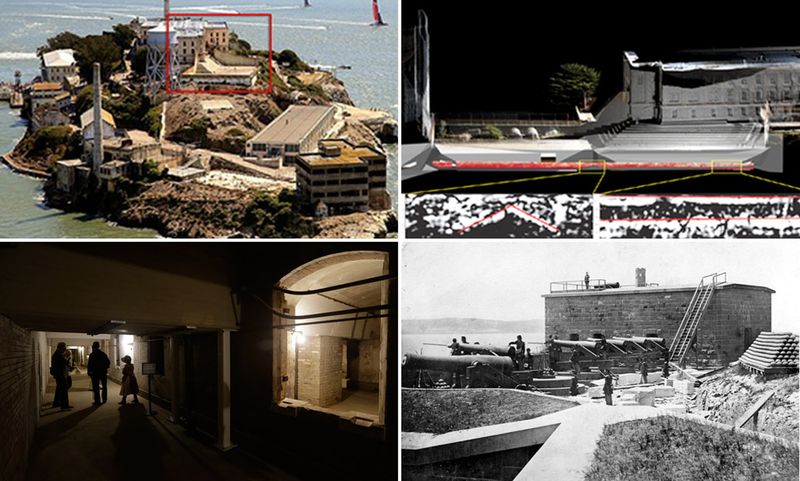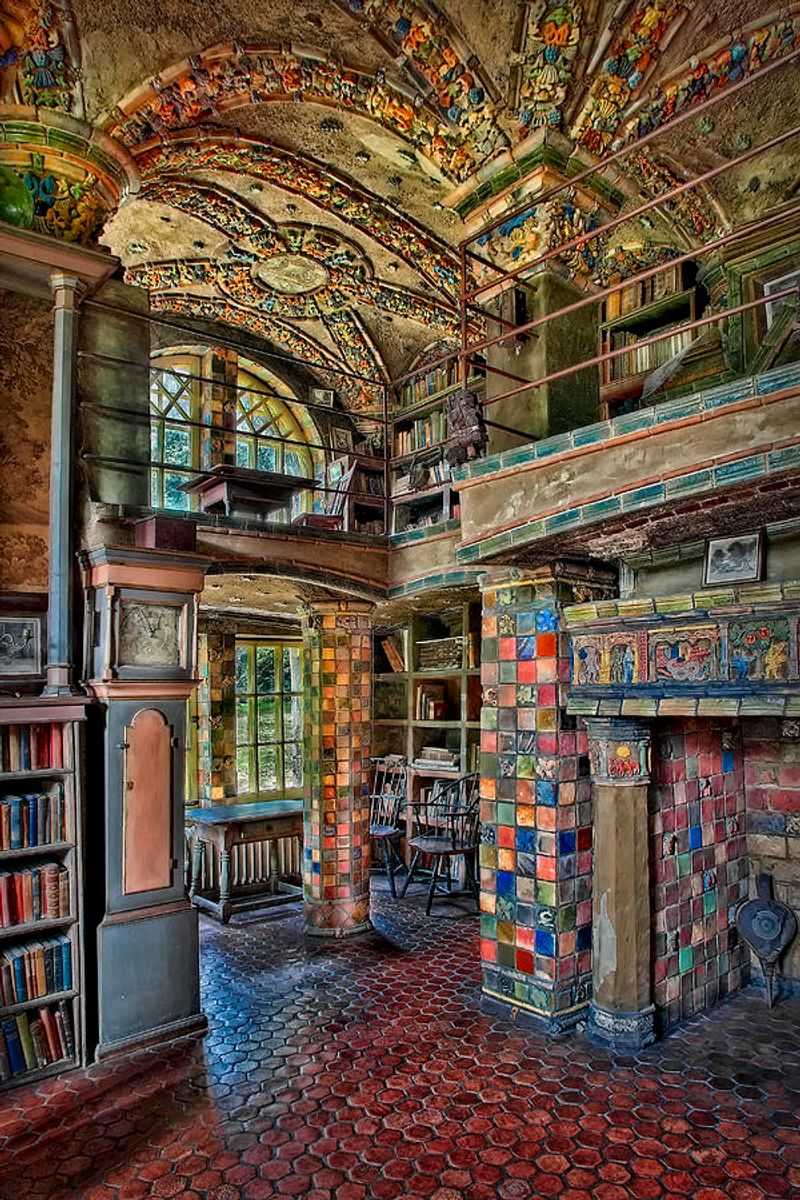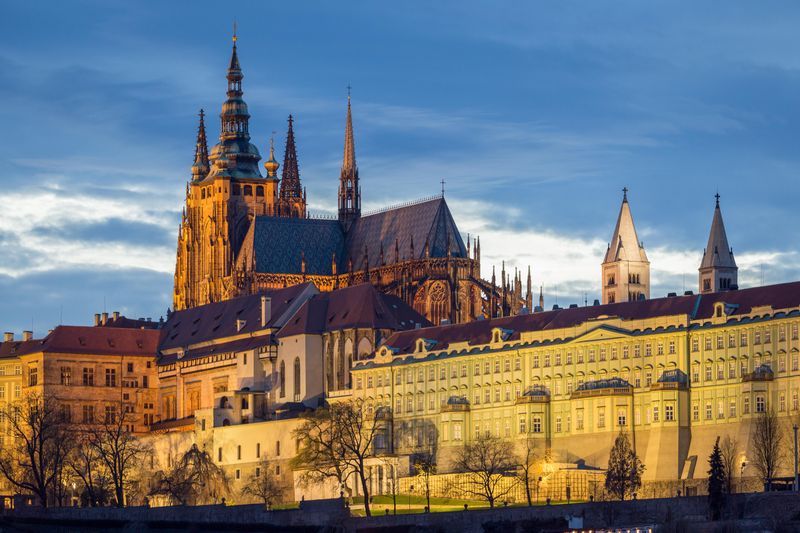Behind the stone walls and grand facades of the world’s most iconic historic buildings lie secrets most tourists never see. Hidden chambers, escape tunnels, concealed chapels, and spy rooms—these mysterious spaces weren’t just architectural quirks. They played vital roles in intrigue, espionage, religious persecution, or royal scandal. Ready to peek behind the velvet ropes? Here are 17 historic buildings that hide secret rooms nobody talks about.
1. Monticello (Virginia, USA)
Thomas Jefferson’s Monticello is a masterpiece of innovation and design. Among its many features is a hidden dumbwaiter, ingeniously built into the fireplace. This clever mechanism was used to silently transport wine from the cellar to the dining room. Jefferson, known for his fondness for fine wine, ensured that his guests could enjoy their drinks without disturbance. The inclusion of such a feature speaks volumes about Jefferson’s attention to detail and his commitment to convenience. Monticello’s hidden elements reflect a blend of practical design and Jefferson’s visionary thinking, making it a place full of surprises.
2. The Winchester Mystery House (California, USA)
Built by the eccentric Sarah Winchester, the Winchester Mystery House is a labyrinth of mysteries. The mansion is renowned for its secret passageways and staircases that seemingly lead nowhere. Some say Winchester designed these features to confuse spirits that she believed haunted her. The continuous construction, driven by spiritual consultations, resulted in a house with unparalleled architectural oddities. Each corner of the mansion tells a story of mystery and intrigue. Visitors today are captivated by its endless twists and turns, making it one of the most enigmatic structures in architectural history.
3. The Palace of Westminster (London, UK)
Beneath the grandeur of the Palace of Westminster lies a network of hidden tunnels. These secret passageways were historically used for royal escapes and clandestine operations. One legend speaks of Guy Fawkes using such a tunnel to smuggle explosives during the infamous Gunpowder Plot. Many tunnels remain sealed, their secrets buried with history. The palace’s hidden chambers continue to fascinate historians and visitors alike, offering a glimpse into the covert operations of the past. The blend of political intrigue and architectural complexity makes it a place of endless curiosity.
4. Château de Chambord (Loire Valley, France)
The Château de Chambord is a marvel of Renaissance architecture, famed for its unique double-helix staircase. Designed by Leonardo da Vinci, this architectural wonder hides secret rooms used by royal guests. Some speculate that Da Vinci himself might have hidden away in these chambers during the chateau’s design phase. The staircase’s ingenious design allows people to ascend and descend without ever crossing paths. This feature has intrigued countless visitors, drawing them into a world where art and science seamlessly blend. A visit to Chambord feels like stepping into a Renaissance masterpiece, full of mystery and elegance.
5. Mount Vernon (Virginia, USA)
George Washington’s Mount Vernon is more than just a historic estate; it’s a testament to American history. Among its secrets is a hidden surveillance closet, strategically placed adjacent to the main room. This closet allowed servants or guards to discreetly listen to guests, ensuring the safety of the estate’s prominent owner. Such features highlight the era’s political tensions and the measures taken to protect influential figures. The estate’s blend of beauty and security reflects the complexities of Washington’s life, making Mount Vernon a place rich with hidden stories and historical significance.
6. The Vatican (Vatican City)
Beneath the opulence of the Vatican lies a labyrinth of hidden chambers. Among them are secret archives and a papal panic room, designed for utmost security. These spaces hold centuries-old secrets, some so controversial that they remain sealed. The archives are a treasure trove of historical documents, offering insights into the Church’s hidden history. The Vatican’s secretive nature fuels many conspiracy theories, captivating scholars and the faithful alike. Its blend of religious significance and mystery creates an aura of intrigue, drawing countless visitors eager to uncover its hidden truths.
7. Hearst Castle (California, USA)
Hearst Castle, a beacon of 1920s glamour, holds a secret beneath its lavish exterior. During Prohibition, William Randolph Hearst crafted hidden liquor rooms to defy the era’s restrictive laws. These clandestine spaces allowed elite guests to indulge in forbidden pleasures without fear of reprisal. The opulence of the castle combined with its hidden contraband creates a contrast that fascinates historians and visitors. Hearst’s audacious spirit is reflected in these secret chambers, providing a glimpse into the rebellious nature of an iconic media mogul. The castle remains a symbol of extravagance and intrigue.
8. Edinburgh Castle (Scotland)
Perched atop Castle Rock, Edinburgh Castle is a medieval fortress steeped in history. Legend speaks of a hidden chamber behind the Royal Palace, once used to stash royal treasure or prisoners. Its existence remains largely undocumented, adding to the castle’s enigmatic allure. This sealed-off area evokes mystery and speculation, offering a tantalizing glimpse into Scotland’s tumultuous past. The castle’s blend of historical significance and secretive charm has captivated visitors for centuries. Each stone seems to whisper tales of intrigue, making it a must-visit for those fascinated by hidden histories.
9. The White House (Washington, D.C.)
Beyond the public rooms of the White House lies a labyrinth of secret corridors and secure areas. Among these is the renowned Situation Room, where critical national decisions are made. The White House also houses hidden service tunnels, designed for secrecy and security. These covert passageways allow discreet movement during times of crisis. The fusion of openness and secrecy reflects the complexities of American governance. Visitors are often intrigued by the idea of hidden rooms in such a public symbol of democracy, making it a site of endless curiosity and fascination.
10. Versailles (France)
The grandeur of the Palace of Versailles is matched only by its hidden secrets. Among its opulent halls are concealed corridors, designed for royal escapes during times of unrest. Marie Antoinette famously used one such route to flee during the French Revolution. These hidden paths add a layer of intrigue to the palace’s already rich history. The blend of luxury and secrecy paints a picture of a bygone era fraught with political tension. Versailles remains a symbol of royal elegance, drawing visitors eager to explore its hidden depths and learn its storied past.
11. Biltmore Estate (North Carolina, USA)
America’s largest privately owned home, the Biltmore Estate, is a testament to Gilded Age luxury. Hidden behind bookcases and fireplaces are secret passageways, designed for discreet movement. These concealed routes were used by servants and occasionally by family members to avoid guests. The estate’s architectural ingenuity reflects a time of opulence and discretion. Visitors are often surprised by the hidden intricacies of Biltmore, which offer a glimpse into the lavish lifestyles of its former inhabitants. The blend of grandeur and secrecy continues to draw admirers of historic architecture.
12. Alcatraz Prison (California, USA)
Alcatraz, known for its notorious inmates, also held secrets within its walls. Hidden workshops and unused tunnels played key roles in the infamous 1962 escape. Three inmates managed to flee, leaving behind a mystery that still captivates the public. These secret areas highlight the contrast between the prison’s reputation and the human spirit’s ingenuity. The tale of Alcatraz is one of confinement and cunning, making it a fascinating study of historical intrigue. Visitors are drawn to its storied past, eager to unravel the secrets hidden within its fortress-like structure.
13. Neuschwanstein Castle (Germany)
Neuschwanstein Castle, a fairy-tale creation by King Ludwig II, hides surreal wonders within its walls. Among its secrets is a man-made grotto, designed as a retreat from reality. The castle’s winding corridors and secret passageways were so private that even royal staff were kept away. This blend of fantasy and privacy reflects the eccentricities of its creator. Visitors to Neuschwanstein are transported to a world of whimsy and wonder, where hidden chambers spark the imagination. The castle’s enchanting allure continues to captivate those who seek the secrets of a bygone royal era.
14. The Kremlin (Moscow, Russia)
The Kremlin, a fortress of power, conceals a labyrinth of secret rooms. These chambers were once used by Soviet spies and tsars, with many still classified. Beneath its ornate structures lie underground halls and war-era bunkers, shrouded in mystery. The blend of history and secrecy creates an aura of intrigue, drawing those fascinated by espionage and power. The Kremlin’s hidden depths offer a glimpse into the complex world of political maneuvering, making it a site of endless fascination. Each visit uncovers layers of history, revealing the secrets of Russia’s past.
15. Windsor Castle (England)
Windsor Castle, the world’s oldest inhabited castle, holds centuries of secrets. Among them are hidden priest holes, used to conceal Catholic clergy during Protestant crackdowns. The castle also features fortified areas for royal protection. These secretive spaces reflect the religious and political turmoil of the past. Windsor’s blend of history and mystery continues to intrigue visitors. Its hidden chambers offer a glimpse into the struggles and strategies of former inhabitants. The castle’s storied past and its concealed depths make it a must-see for history enthusiasts and those curious about royal secrets.
16. Fonthill Castle (Pennsylvania, USA)
Fonthill Castle, an architectural oddity, reflects the eccentricity of its creator, Henry Chapman Mercer. Designed with 44 rooms, some are cleverly tucked inside larger ones. The castle’s myriad staircases lead to secluded nooks, creating a maze of wonder. This whimsical design showcases Mercer’s innovative spirit and love for the unconventional. Visitors are intrigued by the unexpected twists and turns, which offer a playful exploration of space. Fonthill’s blend of creativity and quirkiness makes it a unique destination, where architecture and imagination come together in delightful harmony.
17. Prague Castle (Czech Republic)
Prague Castle, Europe’s largest ancient fortress, conceals a hidden escape route. This secret corridor, running through Golden Lane, was used by royalty to evade invaders or sneak into town. Its presence adds an element of mystery to the castle’s storied past. The blend of historical significance and concealed pathways creates an aura of intrigue. Visitors are drawn to Prague Castle, eager to uncover its hidden secrets and explore its majestic halls. The castle’s enchanting atmosphere and its secretive elements continue to captivate those with a passion for history and mystery.

